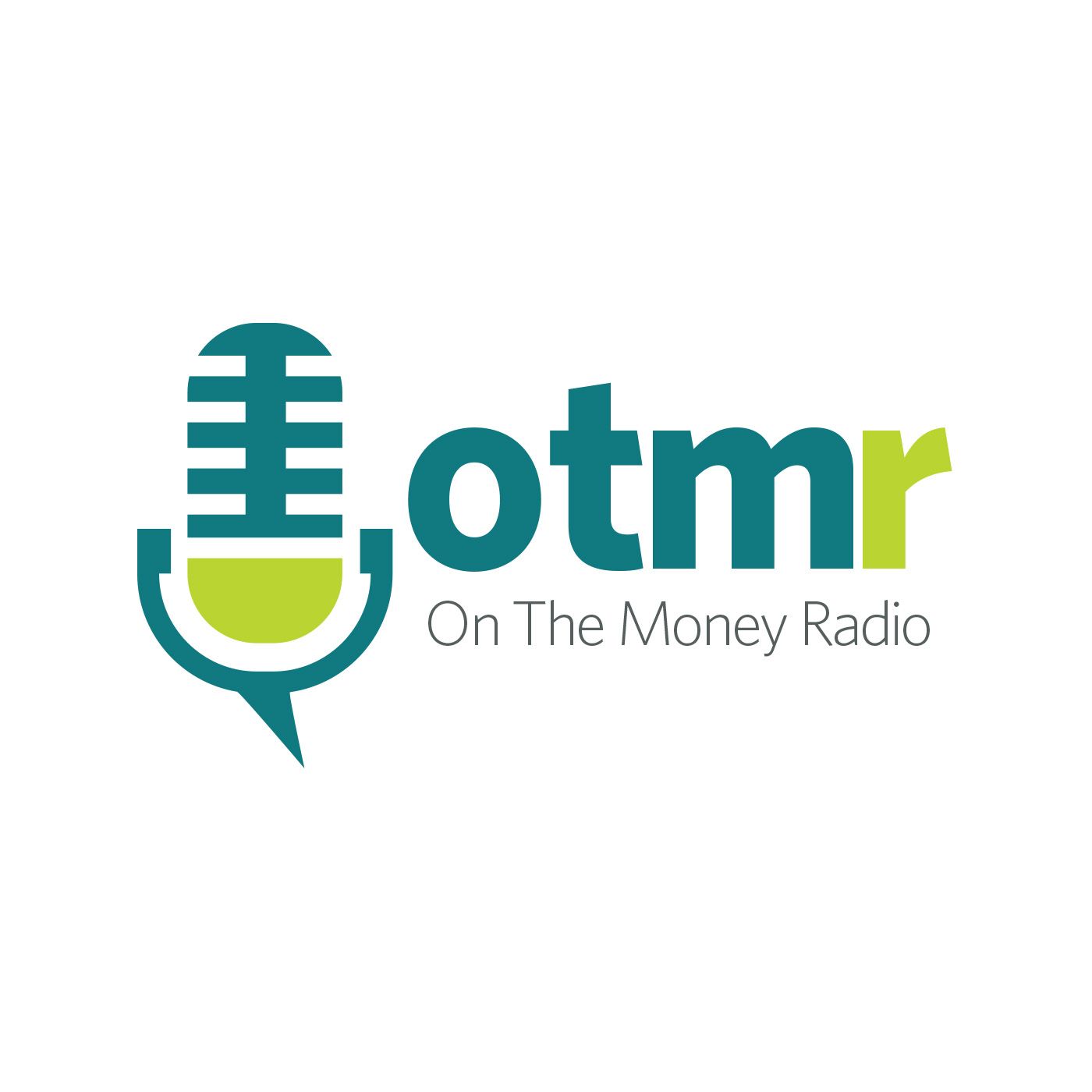Turns Out All Great Investors Take The Road Less Traveled

With Tom Russo, Managing Partner at Gardner Russo & Gardner
As part of our new \u201cGreat Investor Series,\u201d this is the first \u201cWhat\u2019s in Their Wallet\u201d segment which can also be found\xa0here.
Tom Russo, Managing Partner at Gardner Russo & Gardner, a hedge fund managing about $12 billion, is a recognized thought leader in the field of investments and devotes time lecturing and educating students.
Before we see what makes Tom a Great Investor, it\u2019s interesting to hear how it all began for him, how he segued from a career in law to the world of finance as a money manager when circumstance put one of the greatest investors of all time in his path.
An Early Lesson in Investing from Warren Buffet
As Tom tells it, he was a student in 1982 at Stanford\u2019s Law and Business Graduate Program when his value investment professor brought in one of his colleagues to speak to the class\u2014that colleague turned out to be Warren Buffet.\xa0 Where most investment conversation at the time had to do with modern portfolio theory, Tom recalls that Mr. Buffet spoke about investing in businesses as though you owned them yourself with such \u201cclarity of thought it that parted the way for me.\u201d
At that defining moment of Tom Russo\u2019s career, Buffet laid out a specific 3-prong analysis of what a business must possess to have a competitive advantage:
* The non-taxation of unrealized gains, which requires the investor to think about businesses that have the capacity to grow, the capacity to reinvest.
* Before investing, you must know that the management whom you trust to reinvest will do so with the owner\u2019s, rather than the management\u2019s, interest in mind.
* Invest in businesses that you like because you\u2019ll probably work harder at it and be more intuitive about it.
By following these guidelines through the years, Tom says sixty-plus percent of his investments have been in family-controlled companies, which to some may imply more risk, but in actuality, there is less risk. In addition, the favored companies are ones that throw off a lot of cash, are able to reinvest that cash successfully, and have global aspirations and brand recognition.
A Great Investor Knows the Difference Between Instant and Slow Roasted Coffee
To be a smart investor, Tom advises, you must have a long-term view and the capacity to suffer; you want to invest in companies willing to make strategic moves in a timely mindful manner that will pay off in the future and one that is strong enough to keep corporate raiders from breaking through the door.
It took Nestle 15 years to perfect Nespresso, the most successful premium single-portioned coffee on the market. During those developmental years of laboring over the crema, the beans, the scent, the bar pressure, the technology, and the marketing strategy, imitators rushed to the scene, pushed their products out the door, and ultimately failed. Nestle, by taking its time, did it right and launched a classy, profitable member of the Nestle Group.
Stock Options: Who Wins And Who Loses?
One of the reasons Tom says he\u2019s invested so highly in internationally based companies is that they use stock options as a far smaller portion of compensation than they do in the US, where the practice of dangling stock options has actually become a destructive practice.
Tom explains, \u201cWith options, you suddenly introduce into the equation of reinvestment an element called time.\xa0 Your options are good for three years, and if the price isn't $72.50 three years from now, they're worthless.\xa0 You as the manager have every ability to deliver the kind of results that Wall Street demands of you to get to $72.50 in three years, but that might actually come at the cost of the future because you may cut spending.\xa0 You may make the numbers and ruin the value of the company in th...